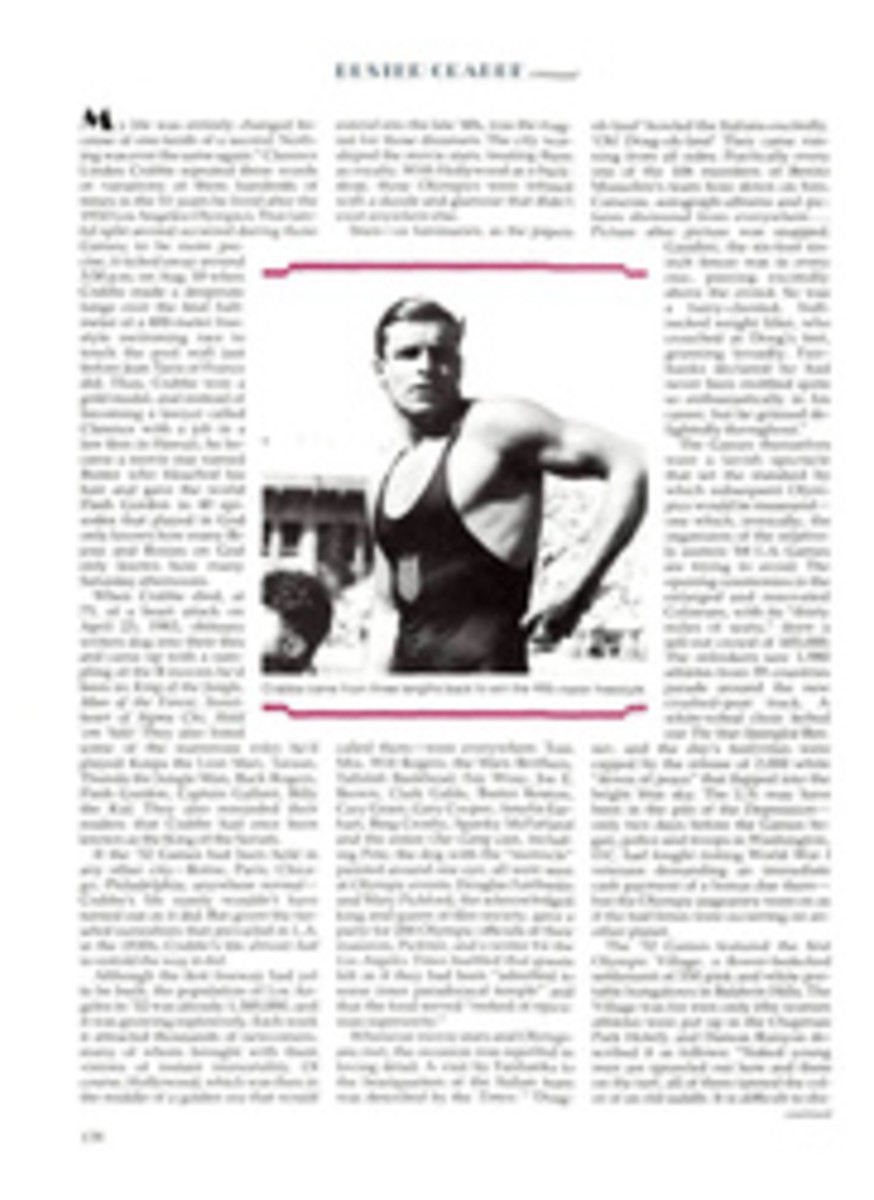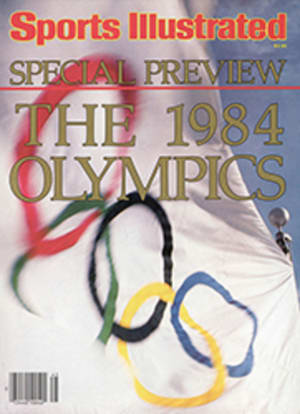
THE WRONG BOARD, THE WRONG RACE
In its infancy, not quite 10 years ago, boardsailing was seen, even by its practitioners, as just another form of small-boat sailing. Since competition among sailing dinghies customarily took the form of fleet racing on triangular courses, so, at first, did sailboard racing. By 1980, however, the sport had begun to better understand itself and its potential. New crowd-pleasing forms of competition began to emerge: one-on-one slaloms, wave jumping spectaculars and "ins-and-outs," a sort of mass slalom with a Le Mans start, all stretching the athleticism of boardsailing far beyond the boundaries of conventional sailing. Professional events were inaugurated, purses grew and specialization increased. Manufacturers raced one another to produce new and better equipment, to the point that today a six-month-old sailboard, if not obsolescent, is at least vulnerable.
In other words, boardsailing has virtually reinvented itself since 1980. The only thing that hasn't changed is the decision, made in 1980 by the International Yacht Racing Union, that Olympic boardsailing will be strictly a yachting event. Sailboards will race the nine-leg triangular course (see diagram) used by two of the six Olympic sailing classes, the Finn and the 470. The first leg will be a beat; the second and third will be reaches, a sailboard's fastest point of sail by far; the fourth another beat; the fifth a run before the wind; the sixth a beat; the seventh and eighth, reaches; and the ninth a beat to the finish. Each leg will be one nautical mile long, but the distance actually covered will depend on the number and duration of the tacks on the four windward legs.
In addition, each country will be allowed only one competitor, which in boardsailing will have the effect of eliminating virtually all women and all specialists in disciplines other than triangle racing. And finally, the board the contestants must use is the West German-made Windglider, a 1980 design and a board that no world-class racer would select today.
"The Windglider board is heavy, expensive and prone to break," says the editor of a European boardsailing magazine. "The IYRU committee chose it because they didn't know anything about board-sailing and because they didn't like Hoyle Schweitzer."
Schweitzer is the abrasive 50-year-old Californian who invented the sport and patented the design for the first board, the Windsurfer, in 1969. Not without reason, Schweitzer had expected his board, still the most popular racing board at home and abroad in spite of ever increasing competition, to be chosen for the Los Angeles Games. When it wasn't, the infuriated Schweitzer launched a barrage of lawsuits to prevent the importation of the West German boards. The dispute was resolved only a year ago. Windgliders will be used for the competition, as planned, but Windsurfing International, Schweitzer's organization in Torrance, Calif., will stage a boardsailing exhibition afterward.
Olympic demonstrations are customarily a first step for sports seeking inclusion in a future Games. Boardsailing, however, wasn't required to go through the traditional channels, and that's perhaps regrettable, because the sport obviously hadn't reached maturity at the time of its acceptance. In fact, no new sport in Olympic history has ever been accepted so early in its development, a fact that undoubtedly reflects political arm-twisting more than it does manifest destiny.
If boardsailing survives its debut to reappear on future Olympic programs, Schweitzer's Windsurfer demonstration, which will include many of the advances in technique and technology achieved since 1980, should serve as a guide to broadening its competitive format. After all, a sailboat that's capable of running a slalom course like a Mahre and somersaulting off the crest of a wave like a Comaneci is clearly more than just a sailboat.
DIAGRAM
WIND
FINISH
[Red line]1st leg
[Yellow line]2nd
[Orange line]3rd
[Blue line]4th
[Violet line]5th
[Black line]6th
[Pink line]7th
[Yellow line]8th
[White line]9th
W
R
L
MARKS
(W) Windward
(R) Reaching
(L) Leeward
START

